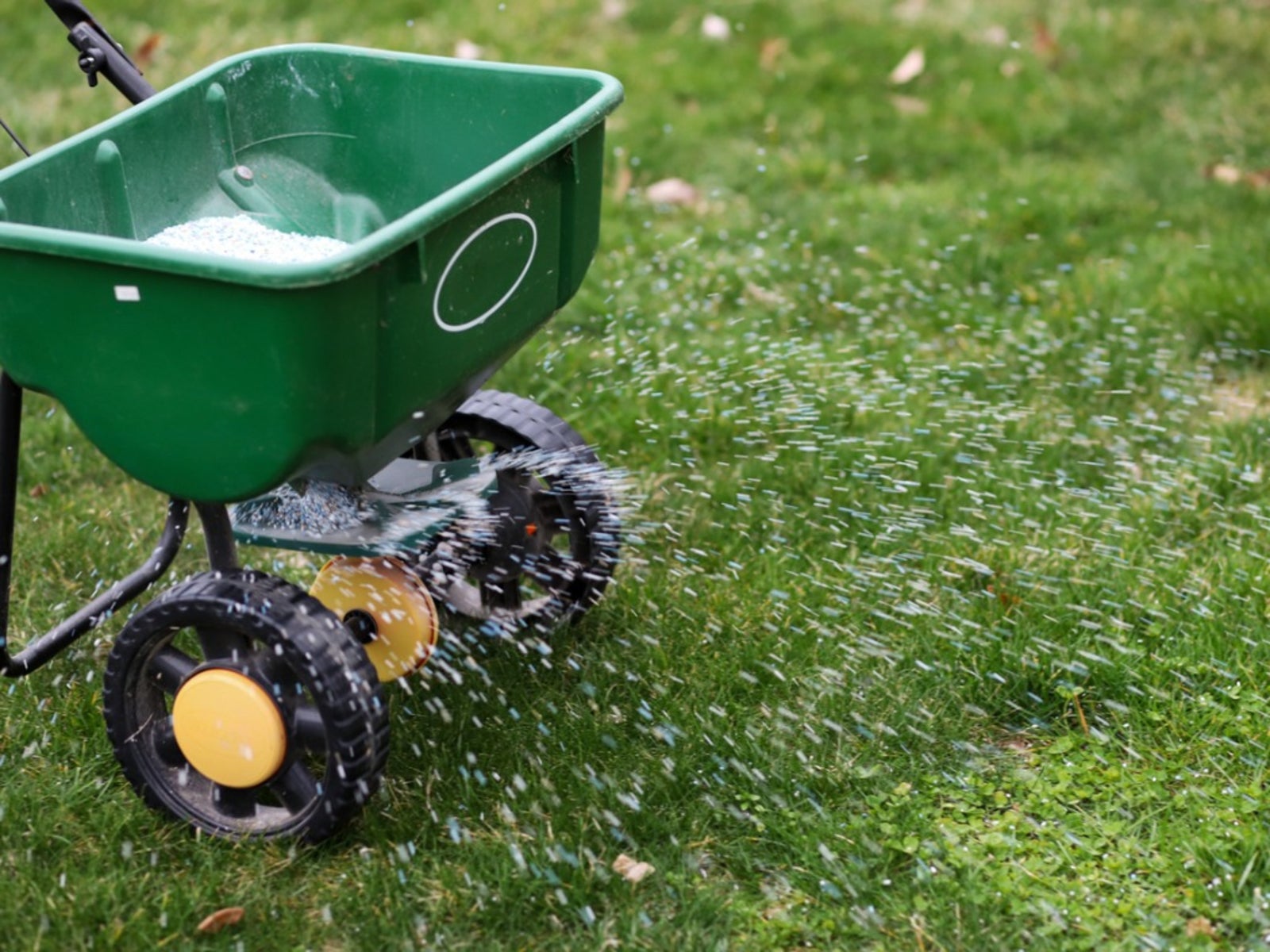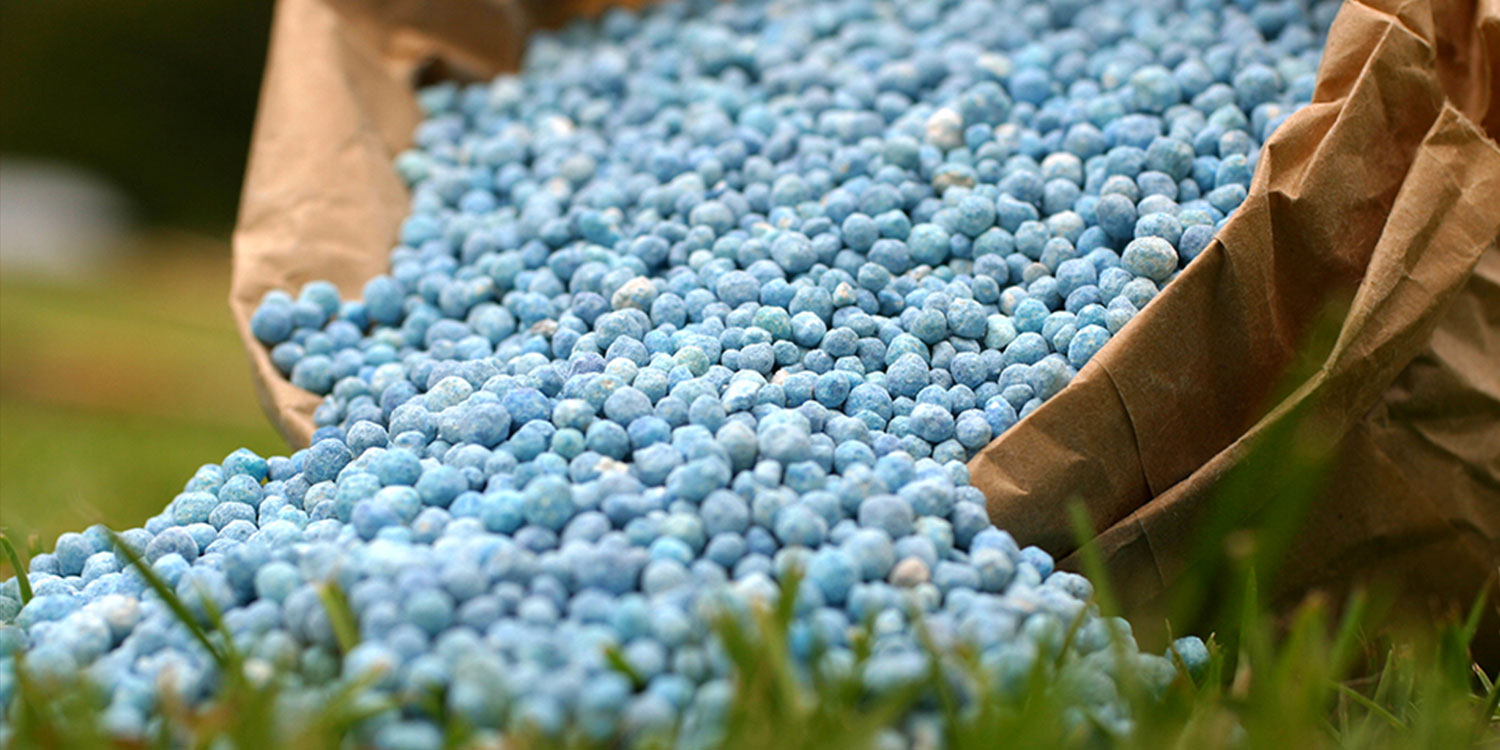Fall Lawn Fertilizers in the Elk River/Monticello areas
Fall fertilization Elk River/Monticello– when, what, and how much
FALL IS THE BEST time for the majority of turfgrass maintenance practices, and fertilization is no exception. Turfgrasses can maximize the uptake of nutrients in the fall because of more favorable growing weather, and most summer annual weeds have finished growing so there is less competition for nutrients. Following the stress of summer heat, applying the majority of the total annual nitrogen in the fall enables the grass to recover and fill in any voids created by summer stress. Turfgrass has some shoot growth in fall, but more energy is put into healthy roots and storage of carbohydrates to withstand winter and get ready for the next growing season.

It’s a good idea to start a fertilization plan with a soil test. Although a soil test will not indicate nitrogen levels, it should tell you the amount of organic matter in the soil. Organic matter affects the nutrient-holding capacity of a soil, including soil nitrogen. Not only does organic matter steadily release essential nutrients, it also supports beneficial microorganisms that break down organic materials and can improve soil water holding capacity. Finally, a soil test will also indicate if your lawn is deficient in either phosphorus or potassium.
Fall fertilization is best accomplished from mid-August through mid-October for most of Minnesota, and the fertilizer source you choose may dictate when to make this application. If your preference is for slow-release sources of fertilizer, such as natural organic products, be sure to use them early during this period because they release nutrients over the course of several weeks to months. Synthetic fertilizers are generally composed of urea-based sources of nitrogen and may include both quick- and slow-release fertilizer sources. Synthetic sources can be used anytime in the fall, but consider using more soluble quick-release sources of nitrogen like urea as turf growth slows with lowering of temperatures. Be sure to water in urea-containing fertilizers shortly after application, or time the application before a light rain. This ensures a maximum nitrogen uptake when the lawns need it the most.

If you are only planning on fertilizing one time in the fall, the middle of September is ideal. Soil and air temperatures are most suitable for turfgrass root and shoot growth and give your lawn time to take in nutrients and wind down for the winter. Most lawns would benefit from some nitrogen fertilizer. The amount of nitrogen applied may depend on the soil type, how the lawn is used, whether clippings are ever removed, local growing conditions like shade, and the species of turf that make up the lawn. We go into more of these details in the Fertilizing Lawns Extension webpage.

